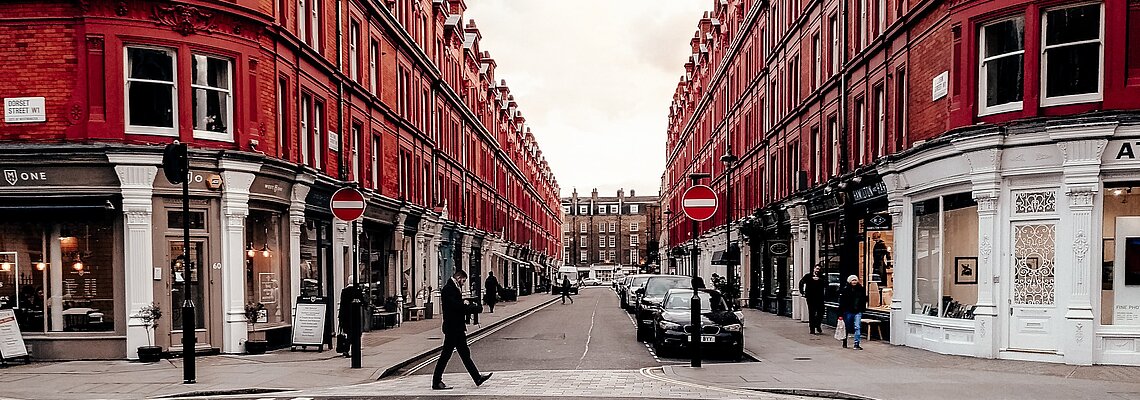
London significantly stricter on low emission zone
The driving bans in the British capital will be extended from this week. Almost all types of vehicles are affected by the diesel bans. Violations can be expensive.
A violation of the rules of the London Low Emission Zone (LEZ) can cost up to £2,000, i.e. more than €2,300. Since 1 March, the bans affect almost all diesel vehicles. Only passenger cars continue to be exempt. Vans and some light commercial vehicles, as well as some urban vehicles, are also still allowed to enter. The tightening was originally planned for the end of October and thus comes into force with a delay of about 4 months.
Heavy trucks and buses, i.e. the vehicle types N2, N3 and M3, are now only allowed to enter with Euro standard 6. For vans and lighter buses, i.e. vehicles of category N1 and M2, Euro 4 and 5 vehicles are still allowed. Attention: Travellers should also familiarise themselves with the new rules of the Low Emission Zone, as, for example, motorhomes weighing more than 3.5t are also affected by the stricter regulations.
The LEZ London covers almost the entire city area. However, unlike in other Low Emission Zones in Europe, vehicles can buy their way out of the restrictions in London, as in other Low Emission Zones in the UK. However, the prices are comparatively high at £100 and £300 per day for vehicles that would have to comply with Euro 6 and Euro 4 standards respectively, but do not. In Germany, for example, the one-off fine for entering an environmental zone without a green sticker costs €80.
A second London low emission zone, the ULEZ (Ultra Low Emission Zone), is located in the city centre and follows much stricter rules than the LEZ. Here, diesel vehicles with Euro standards 0 to 5 and petrol vehicles with Euro standards 0 to 3 are already barred. Passenger cars are also affected in this zone. In addition, there are some streets in the boroughs of Islington and Hackney where only electric vehicles are allowed to enter at peak times in the mornings and evenings during the week. Although the ULEZ rules remain unchanged this year. However, from 25 October, the zone will be extended in the north and south to the respective Circular Road, i.e. the A406 and the A205. The ULEZ will thus be enlarged by a factor of 18.
In order to improve air quality in the metropolis, the city has already adapted all 9,000 Transport for London (TfL) buses to Euro Standard 6. Since 2018, all newly registered taxis must also be able to drive with zero emissions. In addition, 300 fast-charging stations for e-cars have been installed, so that a total of 5,000 charging stations are now available to e-cars in the metropolis.
However, there are still many places in London where air pollution is too high. At the end of last year, the British judiciary for the first time awarded the state partial blame for the death of a girl due to excessive air pollution. The government is therefore under even more pressure.
In the meantime, however, the low emission zone is having an effect. In 2016, 455 primary and secondary schools were still located in areas with excessive nitrogen oxide levels. In 2019, there were only 14. Based on these improvements, London seems to be on the right track. Drivers will therefore probably have to get used to the stricter rules of the London zones.
All low emission zones in London and other cities in the UK, as well as their detailed regulations and exemptions, can be found on our website and in the Green-Zones app.
